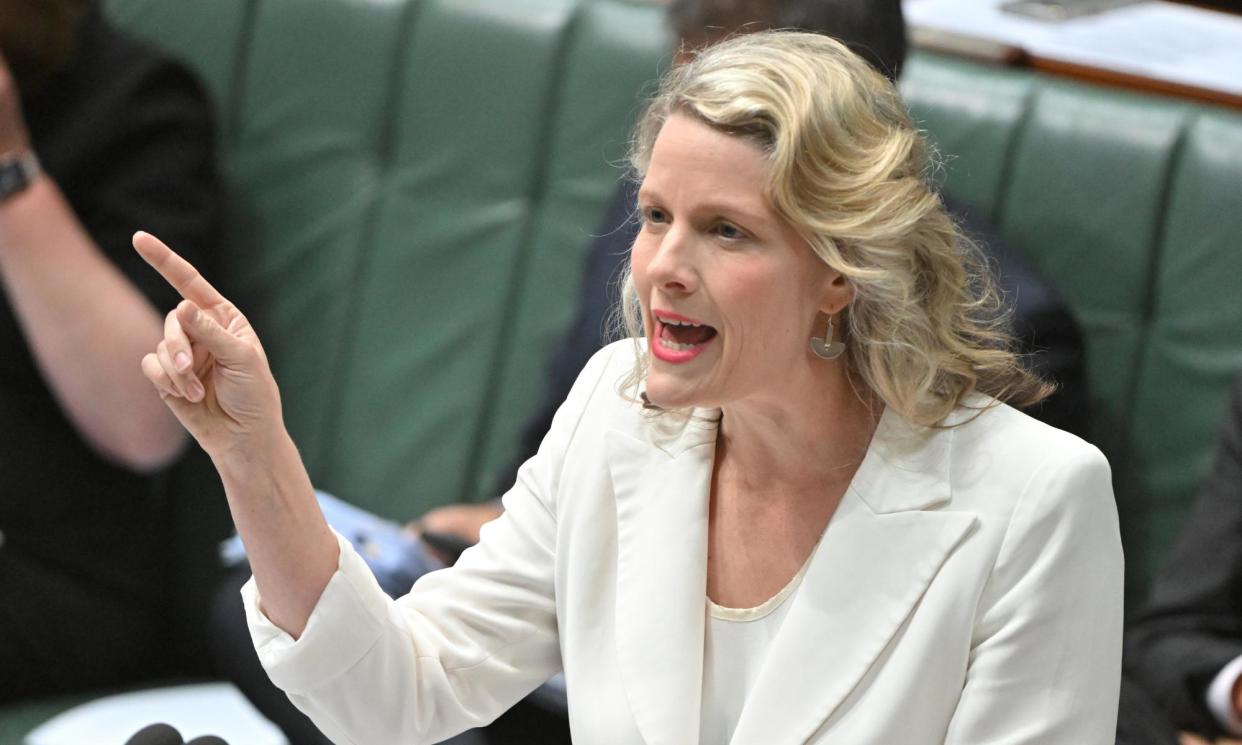Labor targets student and some worker visas in overhaul of Australia’s temporary migration program

The Albanese government will lift the bar for international students and some workers to get a visa and as it seeks to overhaul what it says is Australia’s “broken” temporary migration program.
A new 10-year temporary migration strategy to be released on Monday will include moves to crack down on the use of student visas as a “back door” entry for employers looking to import low-skilled workers, while the government will also create new visas targeting highly skilled workers, particularly those in growth industries. It comes with the government flagging that overseas migration has peaked and is set to fall in the next 12 months.
Under changes the government says are aimed at reducing exploitation and improving the work prospects of international students, people entering Australia on a student visa will face tougher minimum English-language requirements in line with those for skilled visa applicants. They will still be able to work part-time.
Related: Anthony Albanese announces plan to reduce immigration levels following Covid influx
Meanwhile, about 25,000 fewer people are expected to be granted entry to the country over 12 months under changes to the middle tier skilled worker visa, which applies for people earning upwards of $70,000.
The minimum $70,000 a year salary for that visa – known as the temporary skilled migration income threshold – will now be indexed annually. The government says the visa will be revamped so successful applicants match “core” skills genuinely needed in Australia, including quicker updates of the jobs list.
The government says it is also considering ways to bring in lower-skilled workers who would not meet the $70,000 threshold but are needed for critical sectors such as care industries.of
It will also create a new specialist visa for people who will earn over $135,000 a year. The changes are expected to target highly skilled people in growth industries such as cyber or green technology that may not be able to find the right person for the job within Australia. The new top-tier visa is expected to apply to 3,000 people a year.
The home affairs minister, Clare O’Neil, said Australia’s migration scheme was “broken” and was failing the nation and people applying to come to Australia. She said the government needed to address the speed at which migration was growing and for what purpose.
In addition to a tougher language test, those on student visas will also need to prove their Australian study will further either their career or learning. For example a PhD student may be unable to succesfully apply for a student visa to do a hospitality course.
The government has already moved to enforce study benchmarks, such as 80% attendance and passing marks for people on student visas to cut down on people using the visa as a roundabout entry for other purposes. Education providers will also face more stringent checks and standards to ensure they are providing the necessary service and educational products.
The mid-year economic and fiscal outlook (Myefo), to be released by the treasurer, Jim Chalmers, on Wednesday, will show new overseas migration is expected to have peaked and will decline in the current and next financial years.
The number of temporary migrants returning to Australia following the border reopening is within the predicted range but numbers had been accelerated.
“This is in part due to catch-up post-pandemic and in part the result of settings we inherited when we came into government that have led to loopholes and rorts in international education – this is why student visa refusals tripled in 2022-23,” O’Neil said.
“The government’s targeted reforms are already putting downward pressure on net overseas migration, and will further contribute to this expected decline.”
O’Neil said the growth was expected but would have been unsustainable without intervention and the visa system remained open to being exploited by employers looking for workarounds for cheaper labour.
“We are acting to design out migrant worker exploitation from the system so we can protect wages and conditions for migrants and workers alike,” she said.
The government estimates the changes it has already introduced has resulted in 185,000 fewer migrants arriving in Australia from 2019-20 to 2022-23 than originally forecast.
These include the end of the Morrison-era pandemic event visa and changes to graduate visas.
The family visa and other permanent visa pathways do not fall under the government’s changes.

 Yahoo News
Yahoo News 
